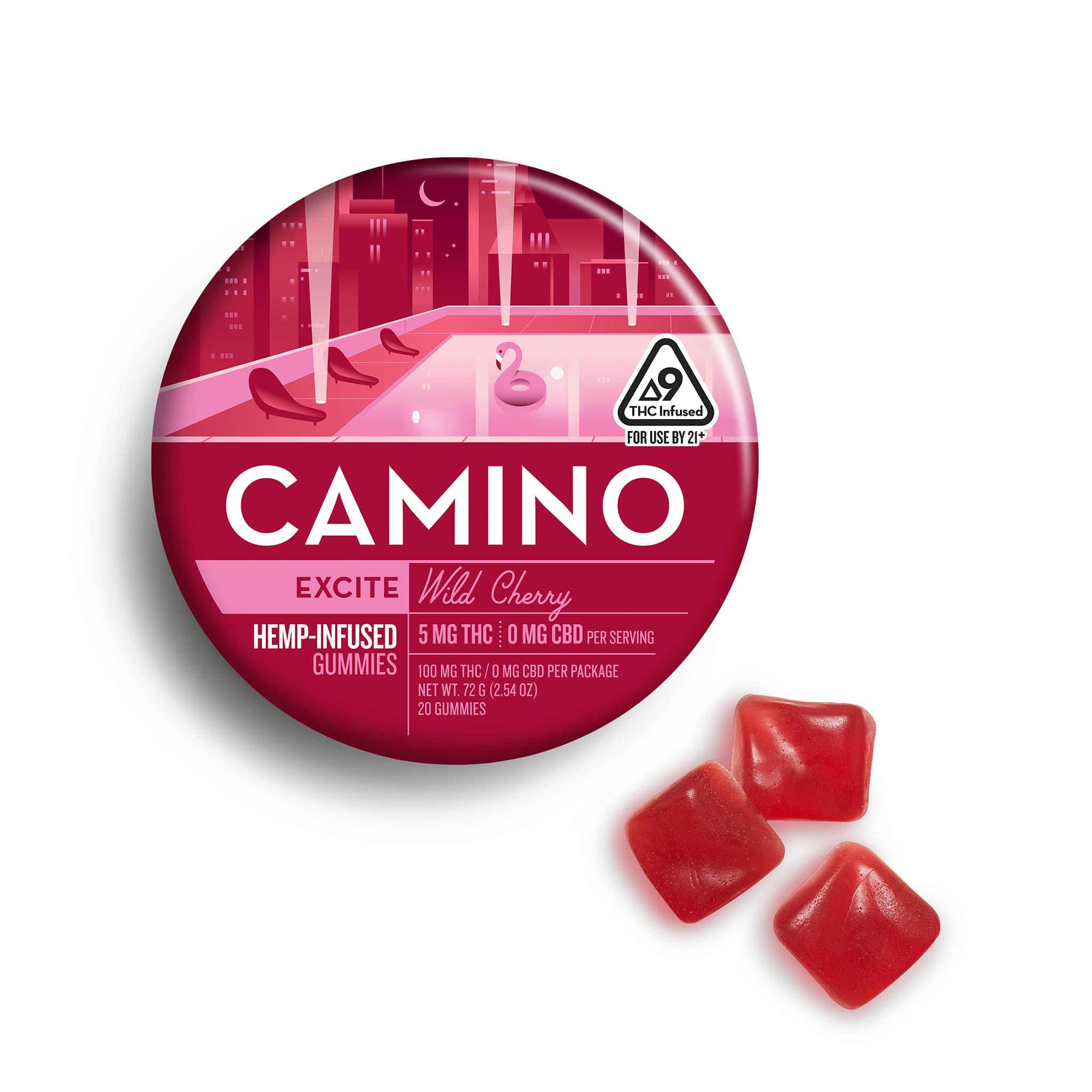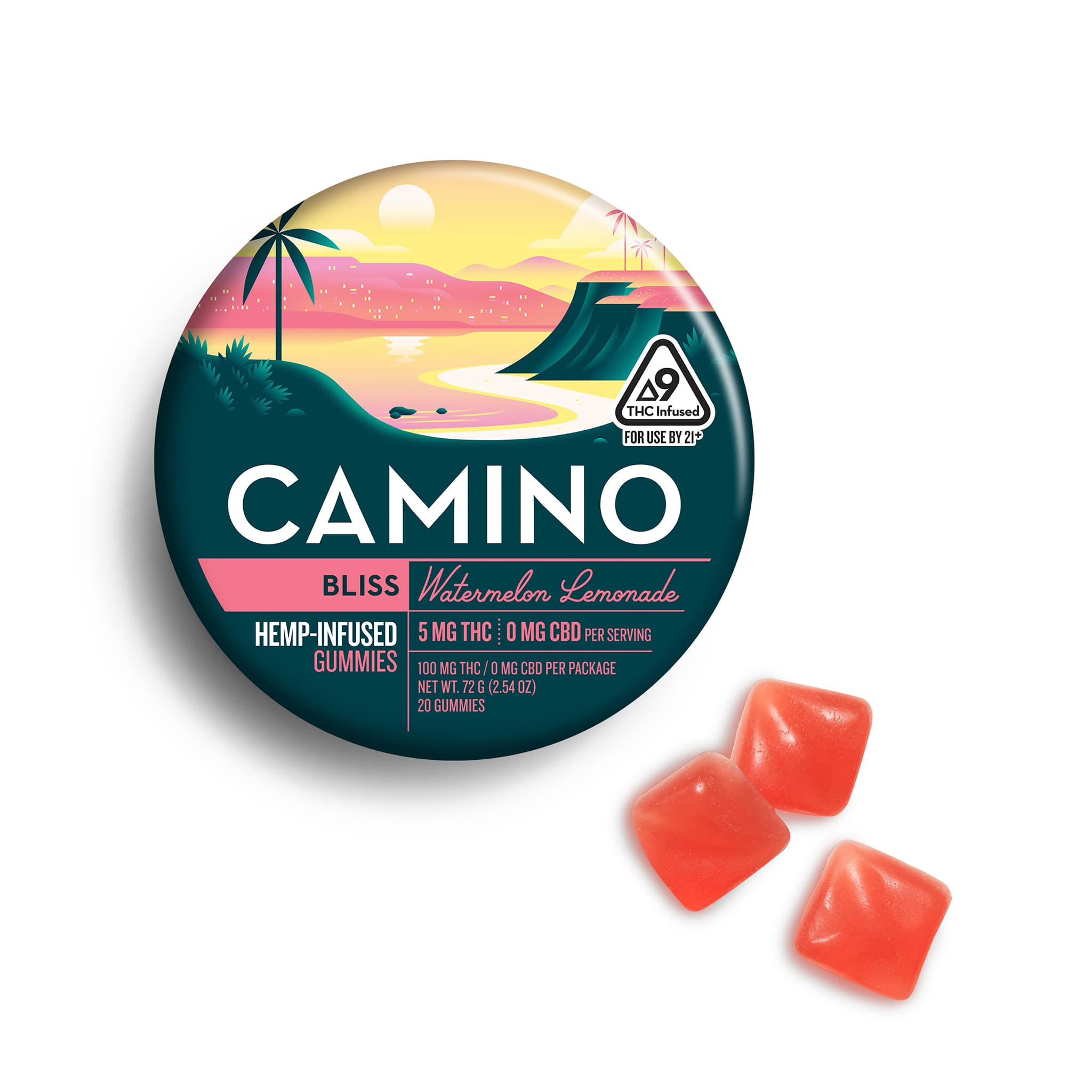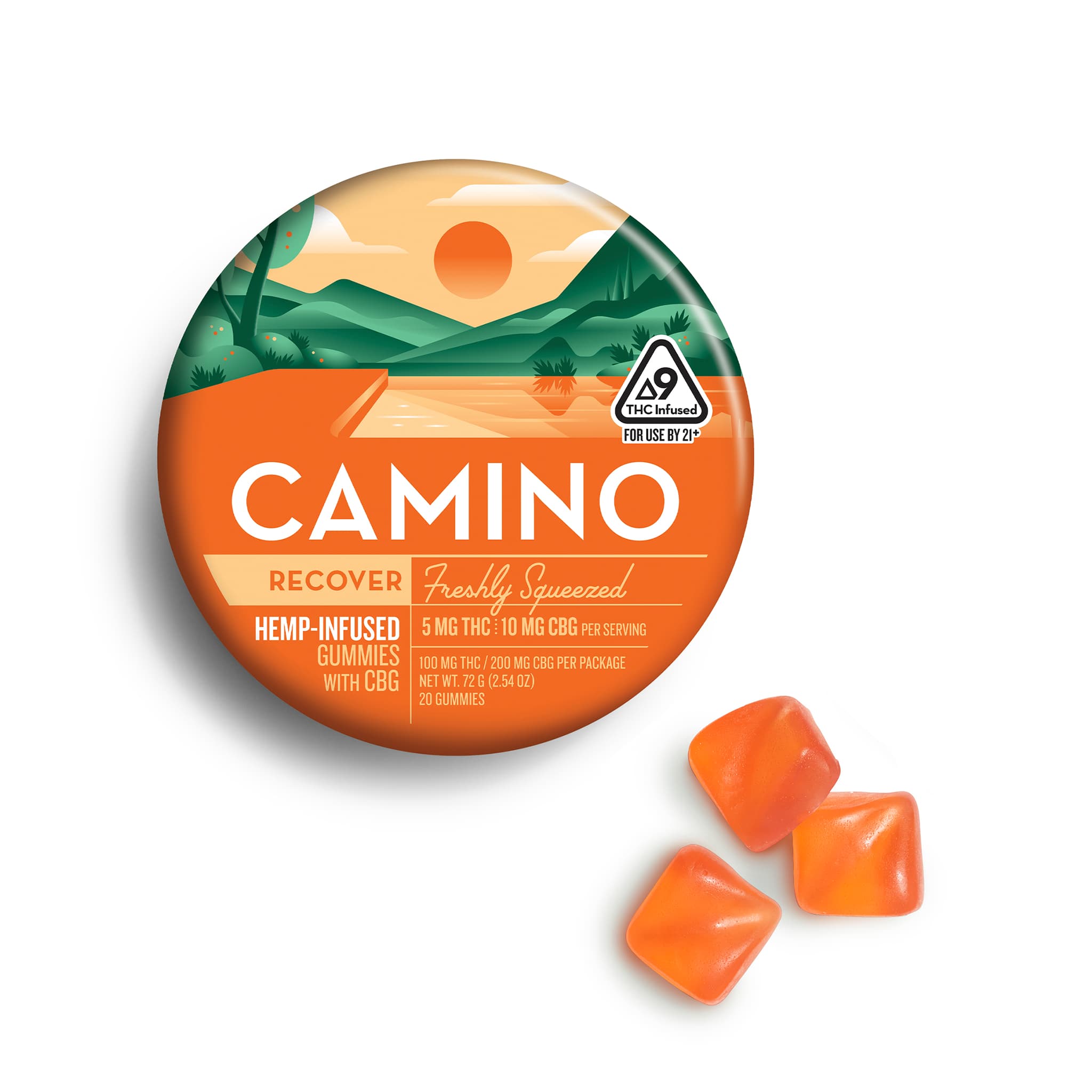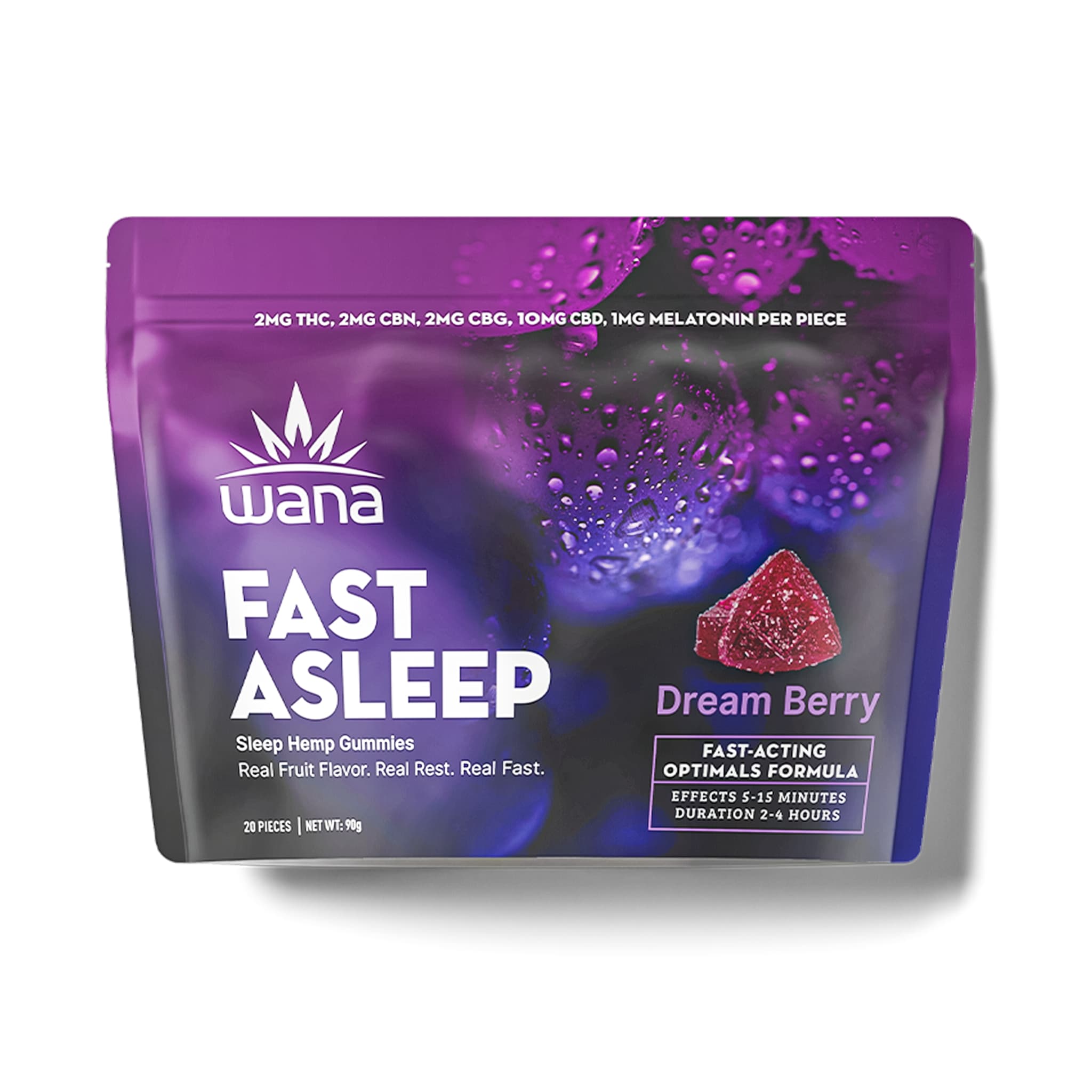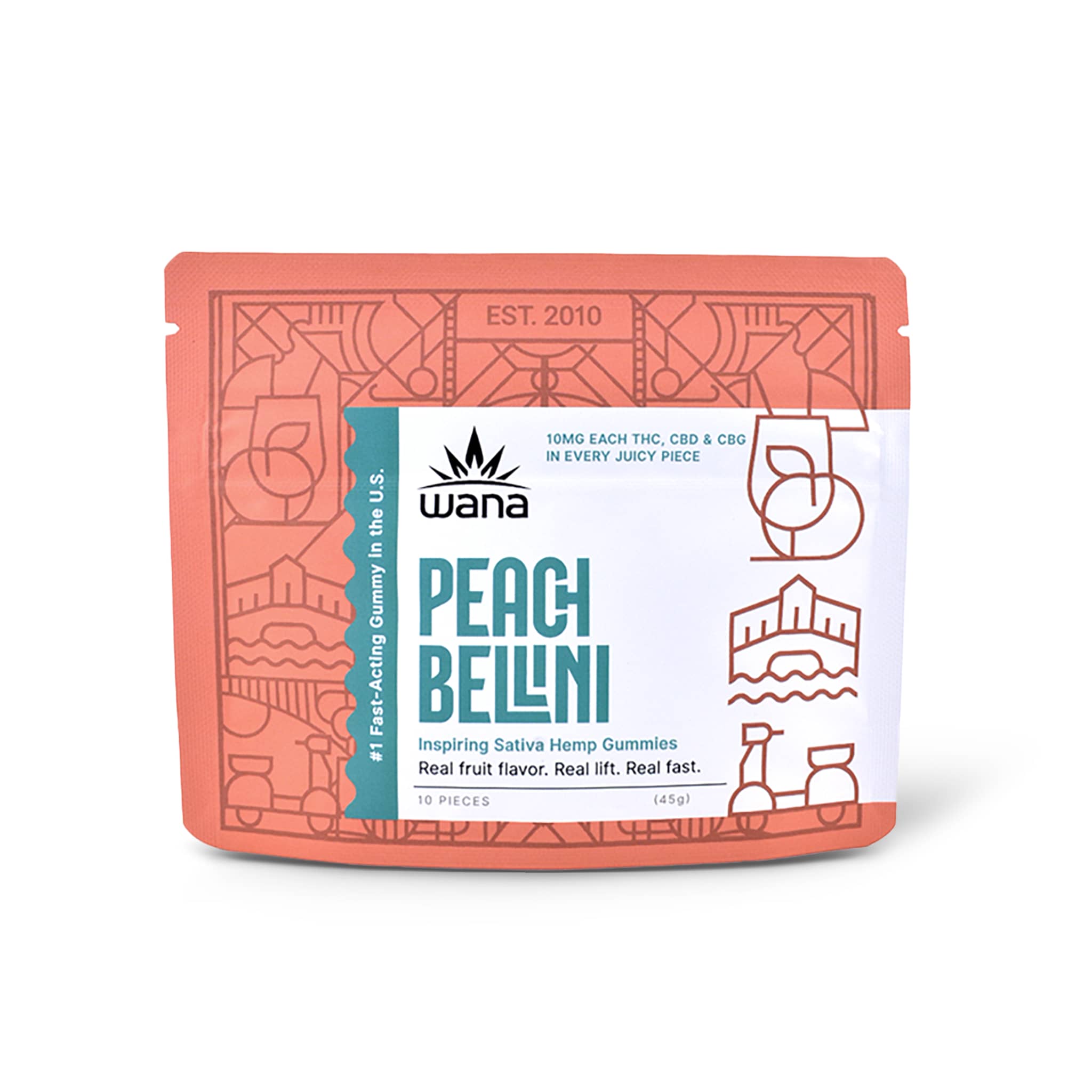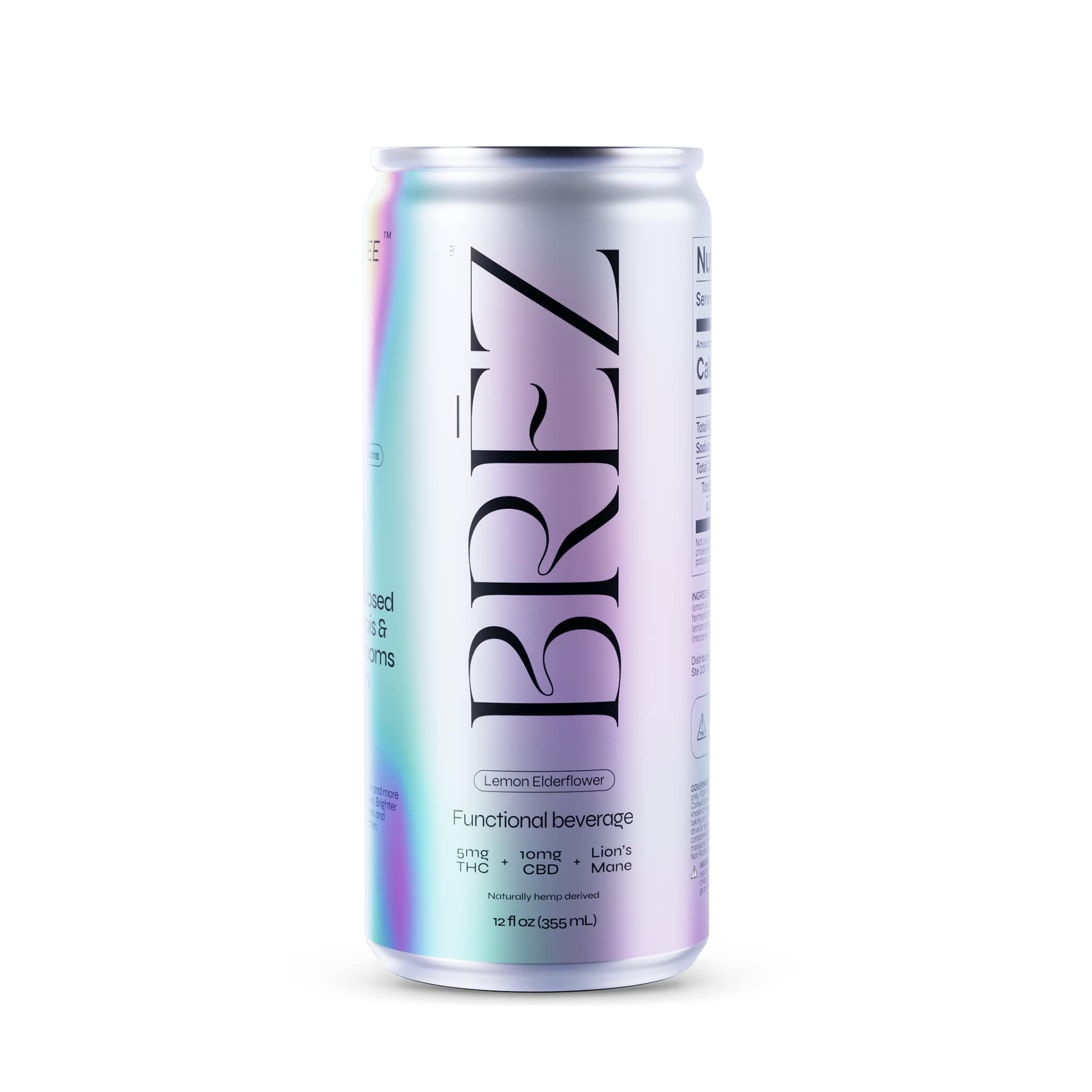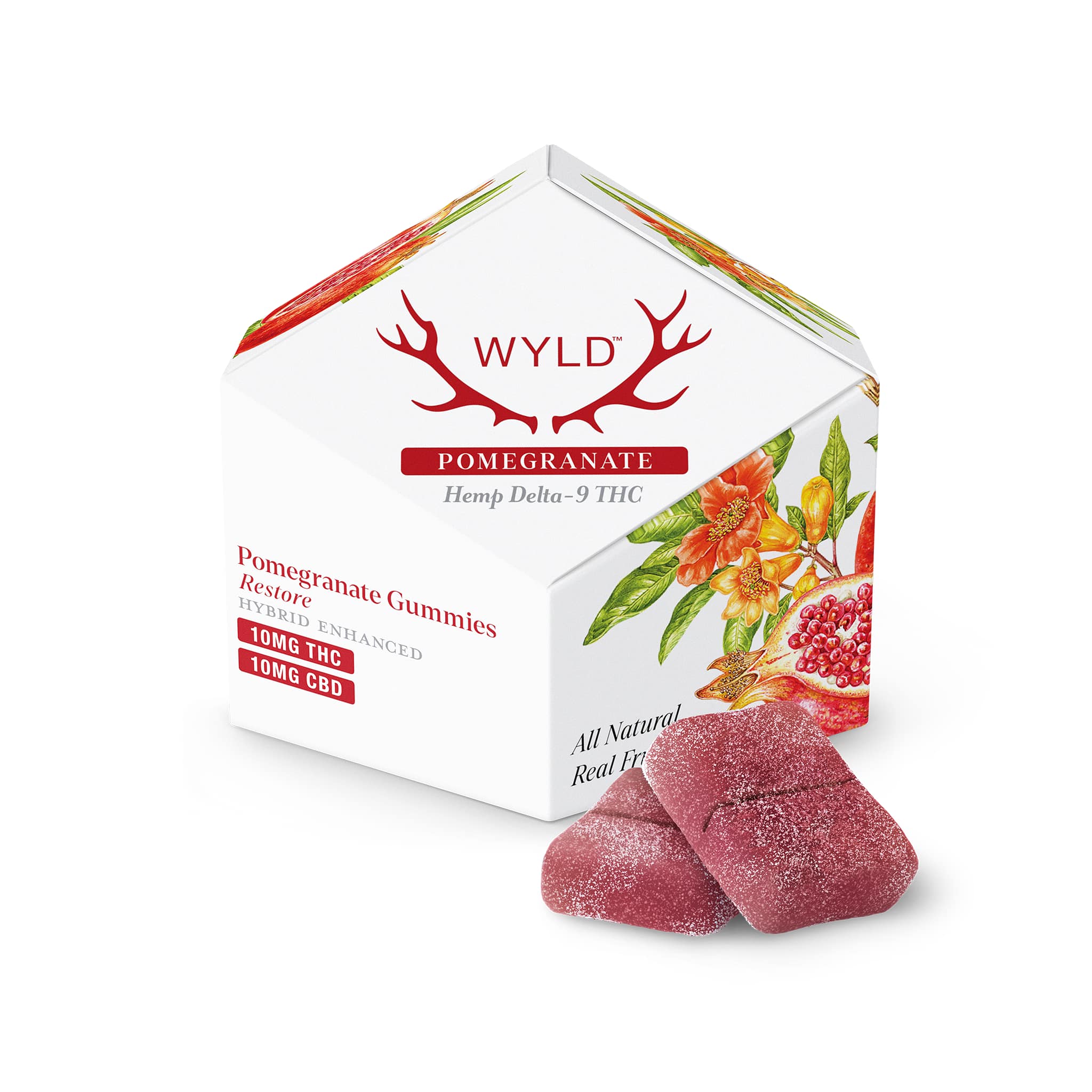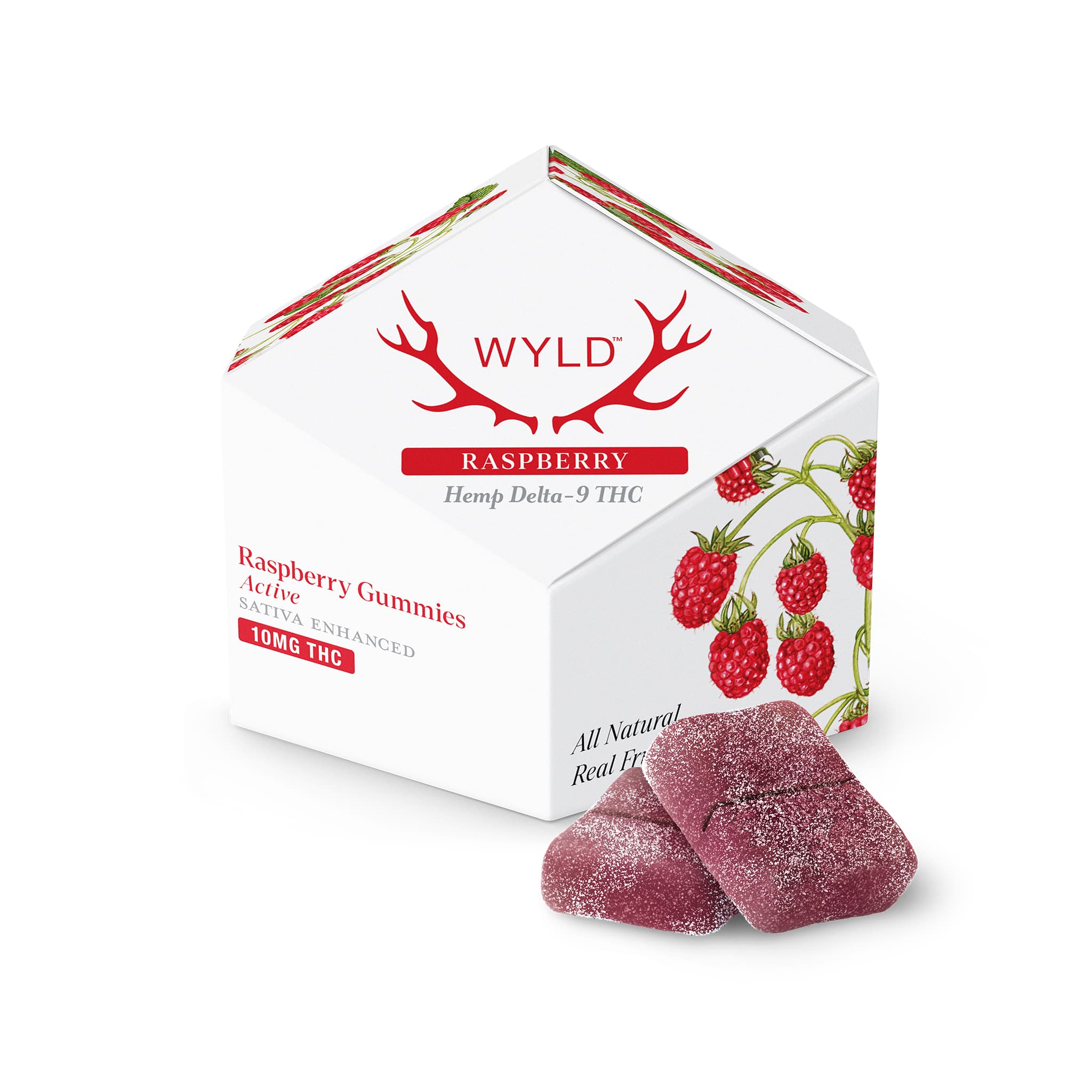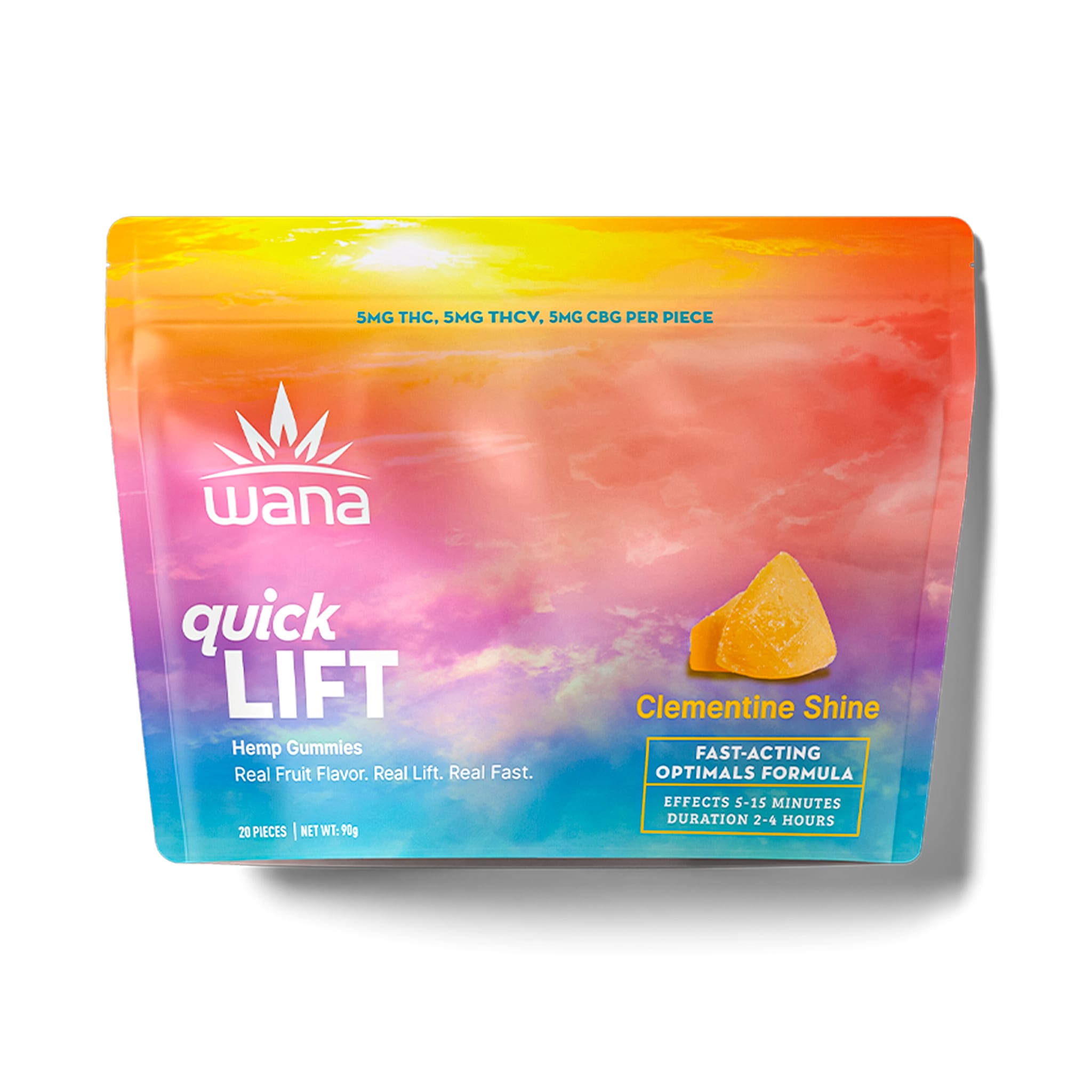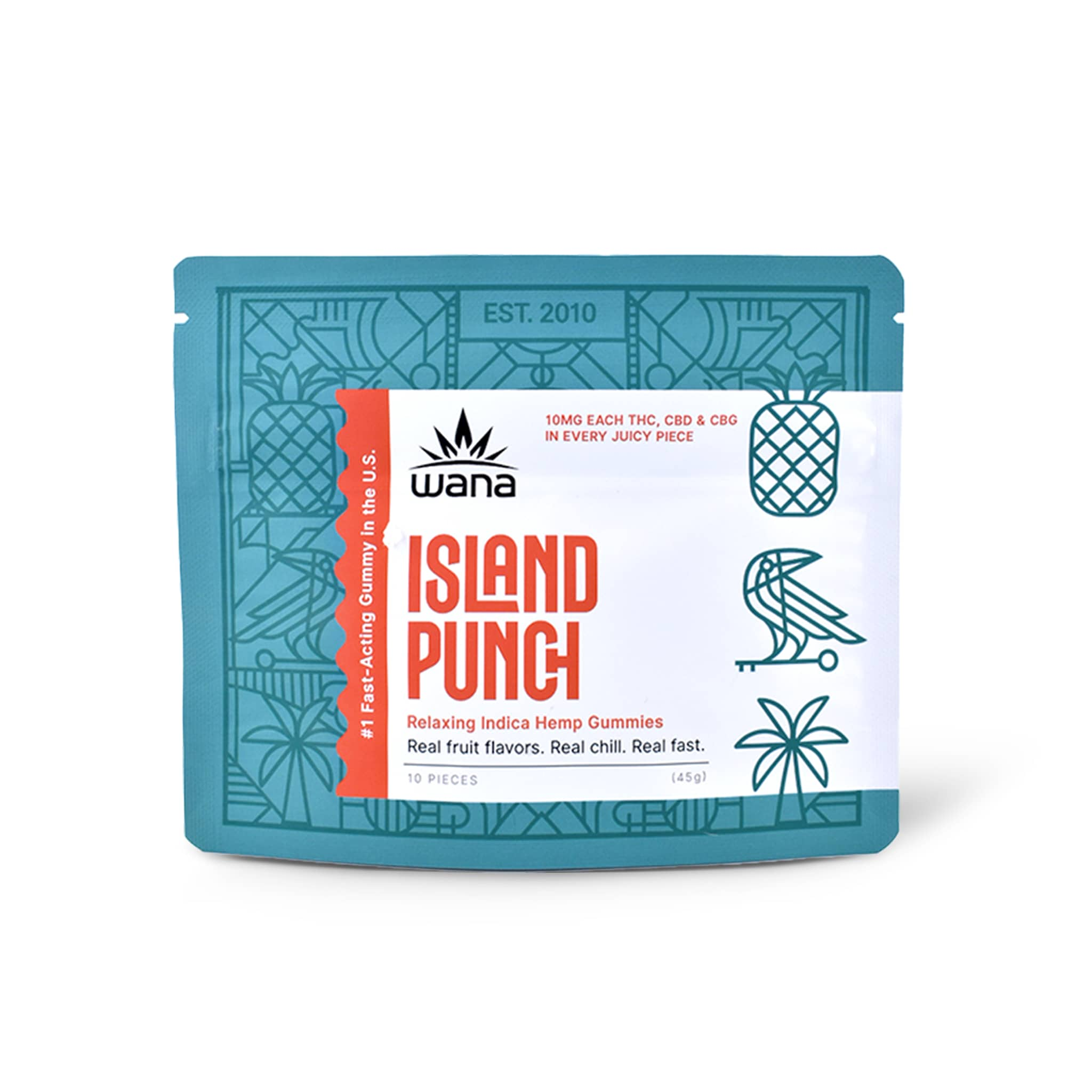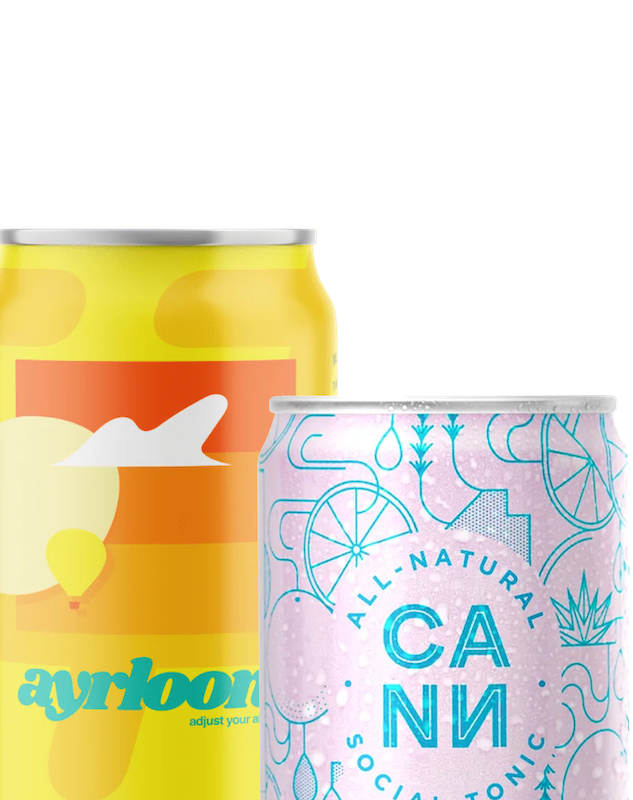Cannabis use is growing among all demographics in the US, except for teenagers. As attitudes continue to evolve around cannabis, the ways in which people consume cannabis are proliferating.
On November 4th, as voters across the United States geared up for the 2024 general election, the NYT published an article titled, “How Cannabis Use is Changing Across the US”. Writer Dani Blum took a deep dive into how cannabis use has changed across the United States alongside changes in legislation.
As a quick note, “Hemp” is not mentioned once in this article, despite it being the only federally legal form of cannabis in the US today.
Topsy Turvy
Conventional consensus has long predicted that legalization would lead to an uptick in cannabis use, particularly among teenagers. However, national data suggests the opposite. Cannabis use by teenagers has actually decreased over the past decade; going from ~23 percent in 2011 down to ~16 percent in 2021.
Some of this is likely due to tighter regulation across the 24 states that have legalized cannabis, but there is an undeniable cultural shift taking place around cannabis use in the US that is leading not only to a decrease in teenage consumption, but an increase in consumption amongst older adults.
According to recent surveys, ~30% of Americans between age 35 and 50 reported using cannabis within the past year, a ten-year high. Senior citizens, too, are increasingly using cannabis. In 2007, less than 1% of adults 65 and older reported using cannabis, but i 2022, this figure had jumped to over 8%.
As the War on Drugs winds down its battle against Cannabis, the stigma around use has started to disappear. Cannabis use is increasingly viewed as analogous to alcohol or tobacco consumption, as opposed to the scheduled substances it has been unfairly tied to for most of the last century. Negative attitudes toward cannabis by American Seniors have declined, directly resulting in increased interest and use among folks in this demographic. Conversely, the change in collective attitudes around cannabis seems to have confirmed what we all already knew; teenagers tend to do things that go against the grain, specifically because of the stigma. As cannabis becomes more mainstream, its appeal to rebellious teenagers is waning.
Its not just age demographics that are flipping. Recent studies show that women report slightly higher usage rates than men for the first time ever. Granted, this data only applies to people ages 19-30, but they may provide insight into the results. Many women in this age range suffer from some form of chronic pain. The explosion of interest in cannabis for medicinal and concerns wellness may well explain this new demographic shift.
It’s not just that more people are using cannabis, but that more cannabis is being consumed. A recent study found that more Americans are now using cannabis daily than are drinking alcohol daily; ~18 million people to ~15 million people. This shift underscores cannabis’ myriad uses and growing legitimization in American society.
Cannabis Gets the Retail Treatment
As the cannabis industry solidifies itself, a wave of product innovation has swept the marketplace. Edibles are gaining popularity, in part because they offer a more discreet and customizable way to consume cannabis. Standardized doses in edibles give consumers a clearer sense of how much they’re consuming and can offer an easier entry into cannabis than other traditional methods. Edibles, including chews and infused beverages, attract a broader customer demographic because they provide an alternative to smoking, which has been the primary method of consumption since time immemorial. Healthier options appeal to
The variety of cannabis products now available has also transformed the landscape. In addition to traditional flower, consumers can purchase a range of edibles, beverages, and topicals, each offering a different way to experience the effects of cannabis. These new products cater to a wide array of preferences and lifestyles, helping to bring in new consumers who may have previously avoided cannabis. As the market continues to innovate, we’re likely to see even more diversity in cannabis offerings, which could lead to further changes in usage patterns and public attitudes.
Conclusion
With the cannabis market continuing to grow, the dynamics of cannabis use in the United States are likely to keep shifting. As new products emerge and social acceptance grows, cannabis will become even more deeply woven into the fabric of American life. It will be fascinating to see how these trends evolve and what role cannabis plays in wellness and lifestyle choices across the country in the years to come. For now, one thing is clear: cannabis is reshaping itself from a once-taboo substance into a versatile product embraced by a broad cross-section of society.


